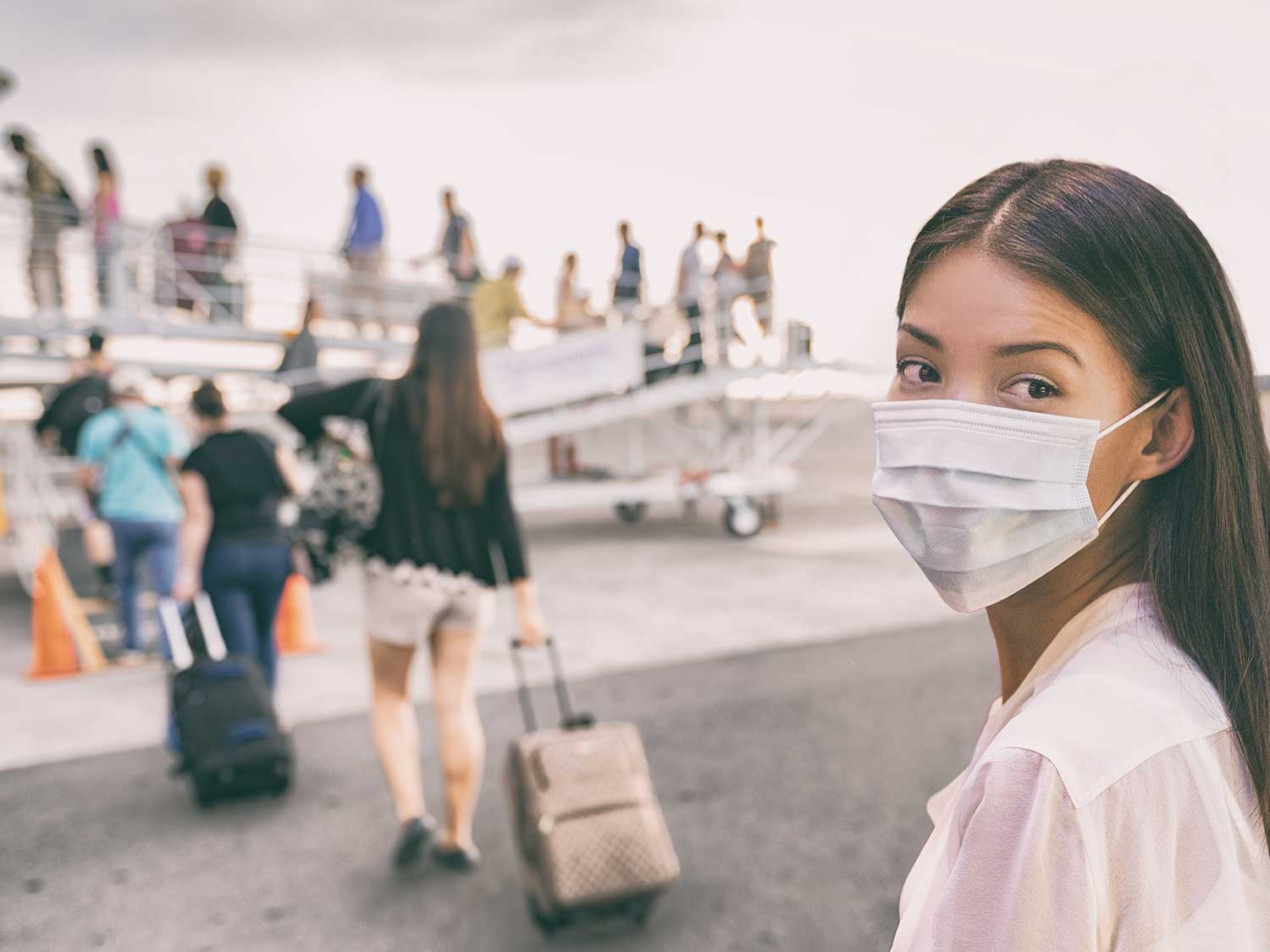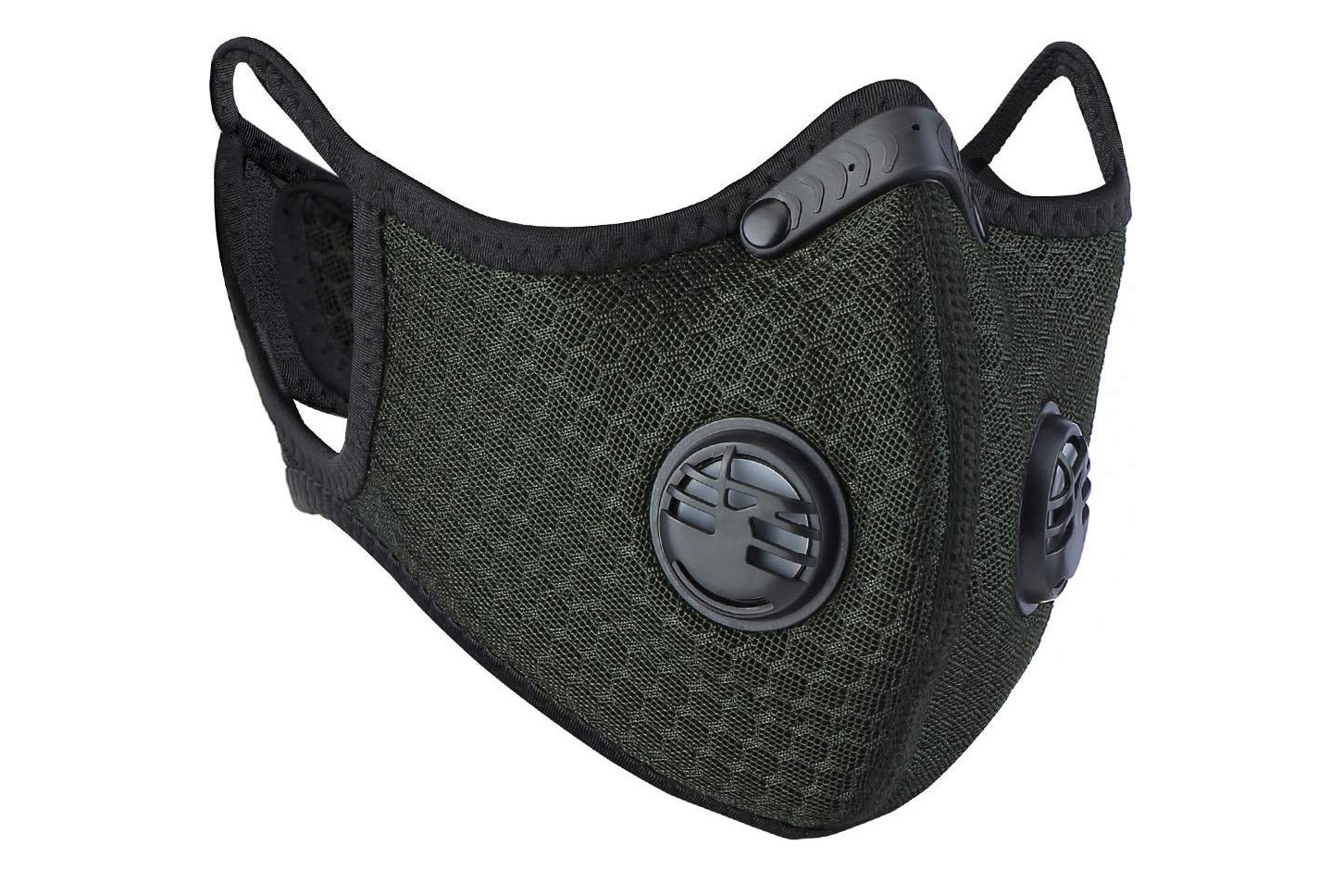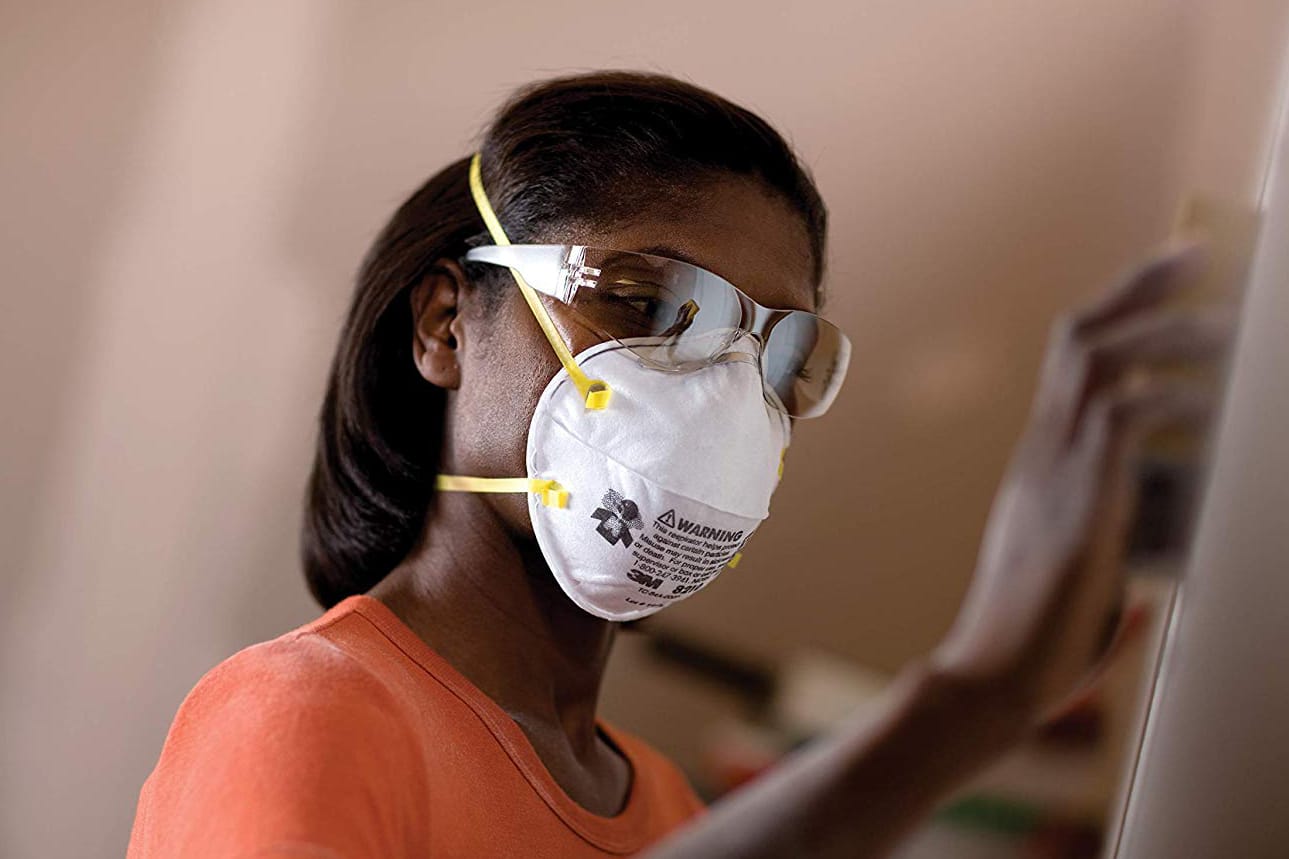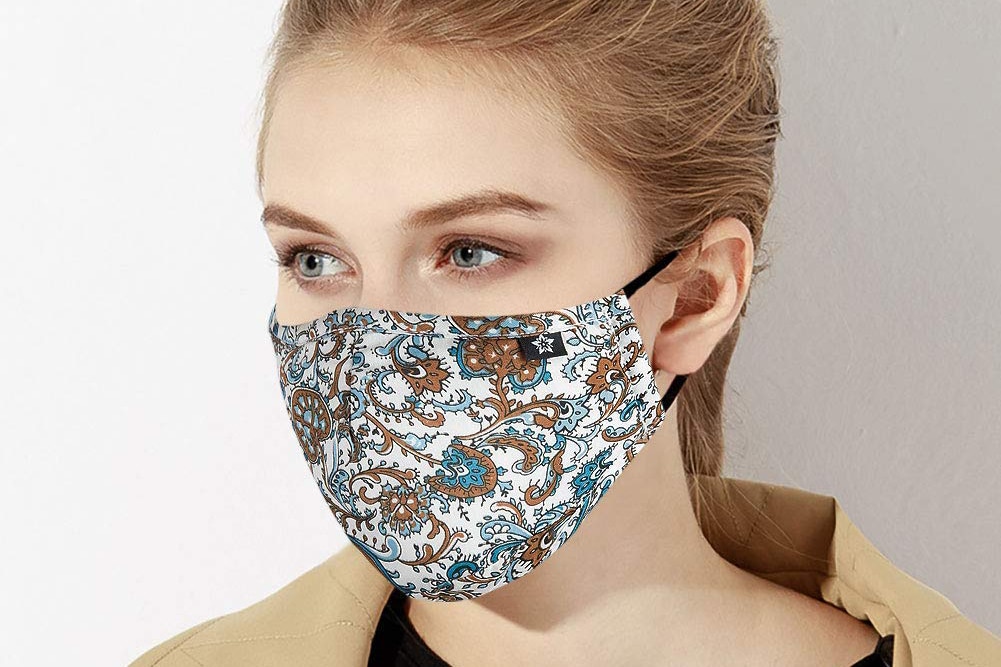What You Need To Know About Travel Breathing Masks
When you can’t avoid travel, protect yourself from germs, allergens and worse with this simple accessory.
We may receive a commission on purchases made from links.
With adventure tourism, volunteer vacations, and just plain bad luck on the rise, having a face mask handy in your luggage can be a life-saver, sometimes literally. Here's what you need to know about covering up on the go.
Do Your Research
First, know what masks can and can't protect you from. A face mask is not a replacement for any required vaccines, and while it can help you with basic prevention, like not touching your face and absorbing the droplets some illness spread via coughing and sneezing, there's no filter fine enough to catch viruses. That said, face masks are great for absorbing dust, soot, pollen, and anything else relatively large, so if you're heading somewhere with a potential for smog or disasters like wildfires, or even just the potential for an allergy attack, it's good to have one of these handy.
The Real Deal
Look at certifications next. The National Institute of Occupational Health and Safety, or NIOSH, run by the Centers for Disease Control, is the best certification you can get for face masks, especially for disposable masks that you're packing in a first-aid kit or keeping handy just in case. In other situations, such as allergies, you may want to pick a mask that's not certified, but easier to reuse.
You Can Still Be Stylish
Consider a mask with a carbon filter. Especially if you're trying to protect yourself from pollution or allergens, a carbon filter works wonders in both pulling out the floating garbage and making a mask easier to maintain. Many masks have a simple process to remove and swap out filters, and they usually last from three to five days depending on the air quality level. Be sure to consult the manufacturer's literature before you go, and also bring spares.



